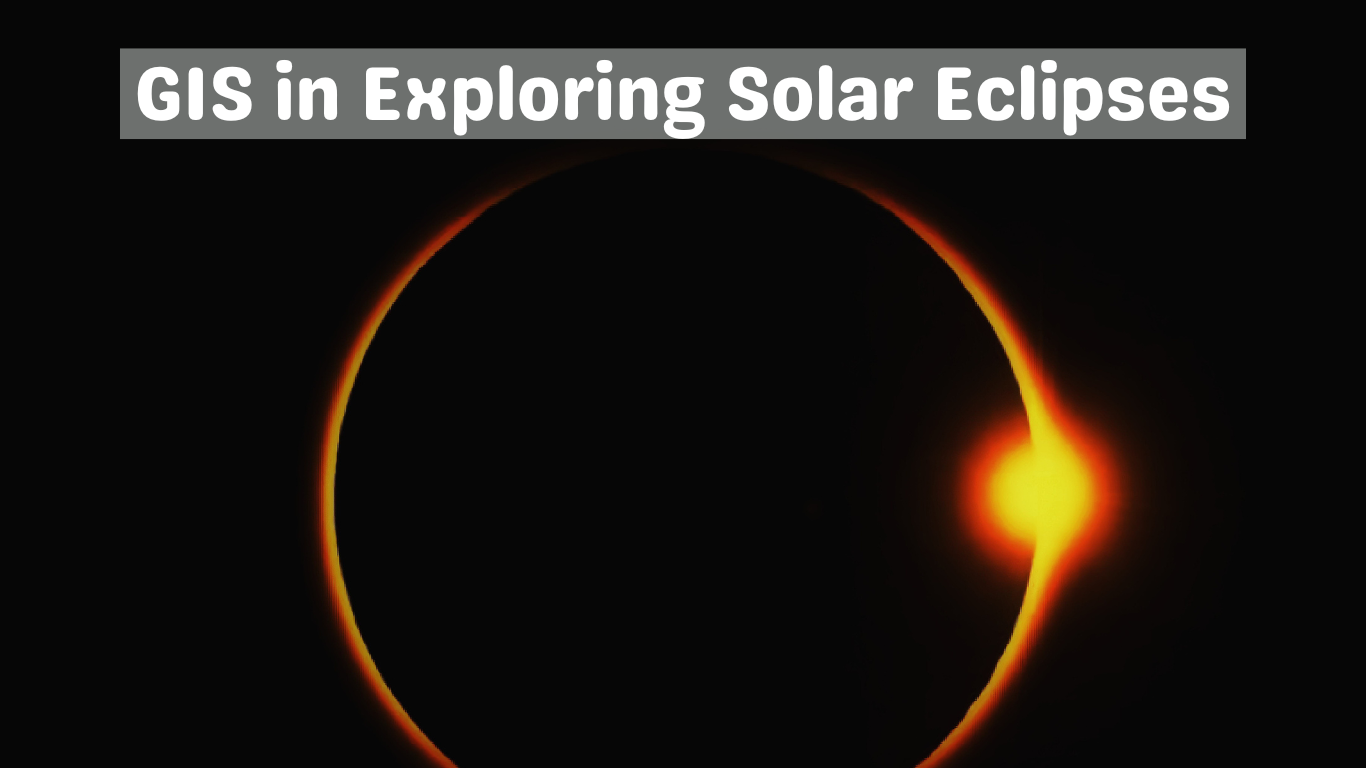Introduction: GIS offers an exciting avenue for understanding solar eclipses, combining spatial thinking, critical thinking, and content knowledge. Explore the fascinating world of solar eclipses with your students using a comprehensive data set and mapping tools, fostering engagement and deepening understanding of Earth-Sun relationships. Let’s embark on this immersive journey into the realm of GIS and solar phenomena!
Solar Eclipses: A Multidisciplinary Adventure: Solar eclipses provide an excellent theme for study, bridging concepts from Earth science, geography, mathematics, and astronomy. With GIS, we can effectively analyze spatial patterns, unravel eclipse paths, and even predict future occurrences. It’s an opportunity to observe these celestial events firsthand, but remember to prioritize safety precautions when doing so.
Unlocking GIS Potential with ArcGIS Online: ArcGIS Online proves invaluable once again as an extraordinary content library. By investigating available content, we discovered a feature service containing 905 solar eclipses spanning from 1601 to 2200, including future projections. This data, when added to the ArcGIS Online Map Viewer, allows for filtering and exploring upcoming eclipses in specific regions.
Interactive Exploration and 3D Visualization: Engage your students by posing thought-provoking questions about eclipse paths, shape, prediction methods, and the visibility of selected eclipses in different cities and regions. Utilize the measure tool to determine the distance required for travel to view an eclipse. Additionally, a 3D scene enhances the learning experience, offering a comprehensive view of eclipse paths and their relationship to Earth’s topography.
Expanding Horizons with GIS: With the rich content and tools in the modern GIS cloud-based environment, the possibilities are limitless. Use GIS to analyze lunar eclipses, study sunrise and sunset times, assess building construction impacts on shadow distribution, explore time zones, and investigate locations of meteorite impacts. Encourage students to explore Earth-Sun-Moon relationships and model various phenomena using GIS.
Conclusion: By leveraging GIS, we dive into the captivating world of solar eclipses, unlocking new dimensions of spatial thinking and scientific understanding. The comprehensive data sets, mapping tools, and 3D visualization capabilities provided by ArcGIS Online empower educators and students alike to embark on a transformative journey through celestial wonders. Let’s continue exploring, fostering curiosity, and nurturing a deeper appreciation for the intricate relationships that shape our dynamic planet.

